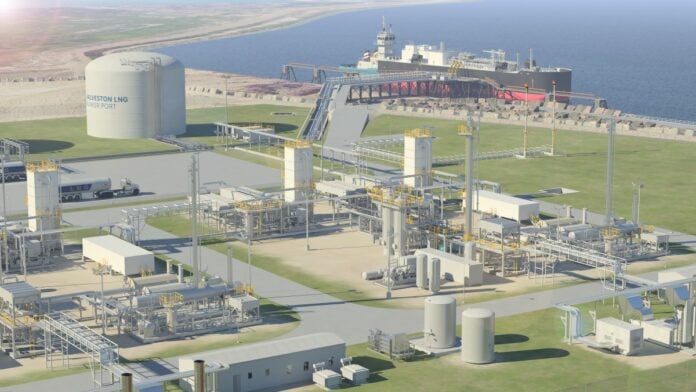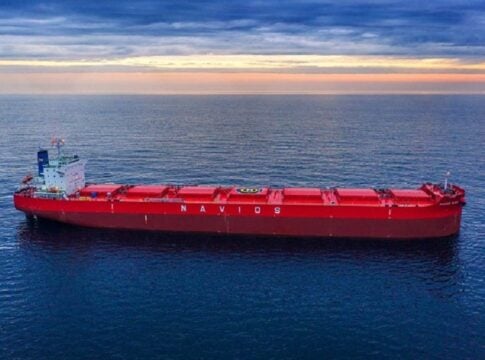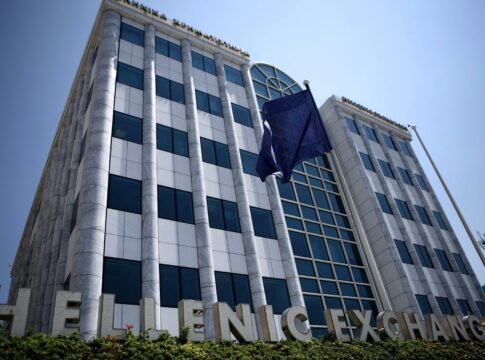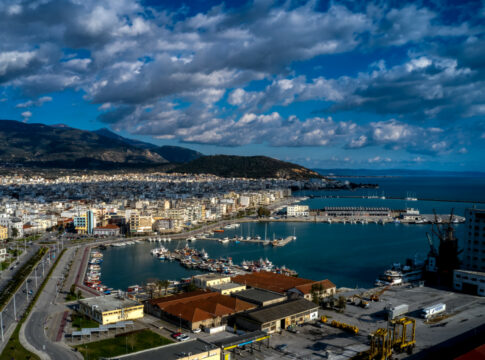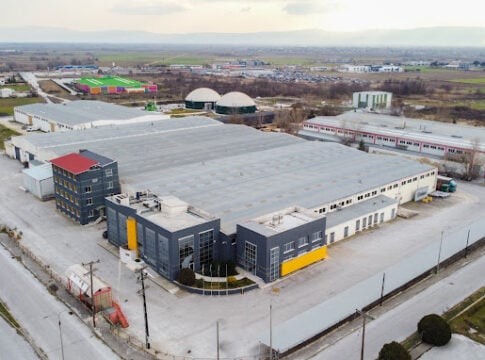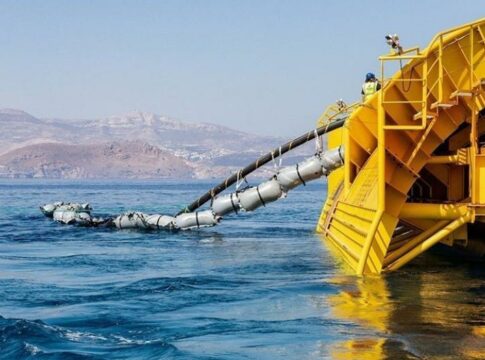The first liquefied natural gas (LNG) liquefaction and storage unit in the US Gulf (formerly the Gulf of Mexico), exclusively for the refueling of ships, is being built by Seapath, a subsidiary of Libra Group, owned by the Logothetis family.
Specifically, Seapath has secured licensing from the Army Corps of Engineers and the US Coast Guard in order to begin construction of this particular unit.
300-million-dollar investment
The total investment, which is being implemented by Seapath in collaboration with Houston-based Pilot LNG, will amount to at least 300 million dollars, while construction of the unit is expected to begin in the fourth quarter of 2025 and be completed in approximately two years.
A move that shows the group’s quick reflexes, since it is directly related to the policies being developed by US President Donald Trump on energy and industry.
When operational, the Galveston LNG Bunker Port will be the first LNG production and storage infrastructure in the US Gulf region for the refueling of ships powered by liquefied natural gas.
Contacts have already been made with shipping groups of Greek interests for the refueling of ships through the new unit.
The new station
The Libra Group is active in shipping, renewable energy sources, tourism, real estate, and aerospace.
The station will be built and operated in the industrial area of the city of Texas, close to three important ports: The Port of Houston, which is the largest port in terms of cargo traffic in the USA and one of the largest in the world, Galveston, the fourth largest cruise port in America, and the Port of Texas City, which ranks 15th on the list of ports with the largest cargo traffic in the USA.
Production
Ships powered by LNG are rapidly gaining ground in global shipping due to lower carbon footprint.
The CO2 emissions of LNG engines are 25%-30% lower compared to those using other types of fossil fuels.
At the end of 2024, there were more than 600 LNG-fueled ships, while in 2025 they are expected to exceed 1,000. In 2010 there were only 21.
In the first phase of operation, production will amount to approximately 1,440 cubic meters per day, while in full operation it will double to 2,877 cubic meters.
The first phase also includes the construction of a tank with a total capacity of 11,356 cubic meters for the storage of the produced LNG.
The supply of natural gas to the unit, which will then be cooled to -162°C and converted into LNG, will be carried out by pipeline.


